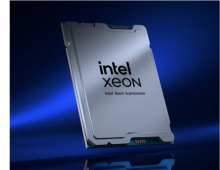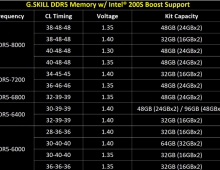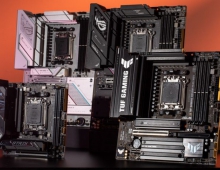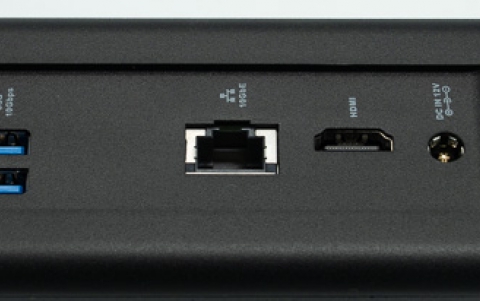
Intel Develops Tri-Gate Transistor for High-Volume Manufacturing
Intel Corp's research and development involving new types of transistors has resulted in further development of a tri-gate (3D) transistor for high-volume manufacturing.
Since these transistors improve performance and energy efficiency, the company expects tri-gate technology could become the basic building block for future microprocessors sometime beyond the 45nm process technology node.
Planar (or flat) transistors were conceived in the late 1950s and have been the basic building block of chips since the dawn of the semiconductor industry. As semiconductor technology moves deeper into the realm of nanotechnology (dimensions smaller than 100nm), where some transistor features may consist of only a few layers of atoms, what was previously thought of as "flat" is now being designed in three dimensions for power characteristics. The company has created a way to use these three-dimensional, or tri-gate transistors in concert with other key semiconductor technologies.
Tri-gate transistors are said to offer lower leakage and consume much less power than today's planar transistors. Compared to today's 65nm transistors, integrated tri-gate transistors can offer a 45% increase in drive current (switching speed) or 50 times reduction in off-current, and 35% reduction in transistor switching power.
Planar (or flat) transistors were conceived in the late 1950s and have been the basic building block of chips since the dawn of the semiconductor industry. As semiconductor technology moves deeper into the realm of nanotechnology (dimensions smaller than 100nm), where some transistor features may consist of only a few layers of atoms, what was previously thought of as "flat" is now being designed in three dimensions for power characteristics. The company has created a way to use these three-dimensional, or tri-gate transistors in concert with other key semiconductor technologies.
Tri-gate transistors are said to offer lower leakage and consume much less power than today's planar transistors. Compared to today's 65nm transistors, integrated tri-gate transistors can offer a 45% increase in drive current (switching speed) or 50 times reduction in off-current, and 35% reduction in transistor switching power.



